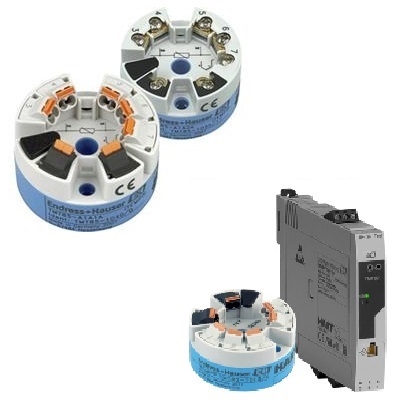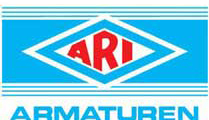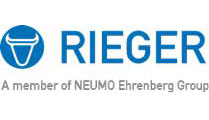Temperature Transmitters
DECRIPTION
Temperature transmitters
Temperature transmitters for all industrial applications
The task of temperature transmitters is the transformation of the sensor signal into a stable and standardized signal. In the past, transmitters were built using analog technology. In the meantime digital technology has gained acceptance, however, because it offers better measurement accuracy at simultaneously higher flexibility, improve safety and safe costs.
In addition, the measurement accuracy in modern transmitters can be improved by using 'sensor-transmitter matching' software.
Portfolio description
Our huge portfolio of modular industrial temperature transmitters provides:
-
DIN rail mounted temperature transmitters for panel installation
-
Head temperature transmitters for direct installation in thermometer terminal heads
-
Field temperature transmitters for direct connection in the process areas
-
Temperature transmitters for Ex areas
-
Temperature transmitters for all relevant communication protocols available: HART®, PROFIBUS® PA, FOUNDATION Fieldbus™ or PC programmable
RTD - Resistance temperature detectors: Measuring principle
The RTD sensor changes the electrical resistance with a change in temperature. They are suitable for the measurement of temperatures between -200 °C and approx. 600 °C and stand out due to high measurement accuracy and long-term stability. The sensor element most frequently used is a Pt100. As a standard, Endress+Hauser RTD sensors fulfill the IEC 60751 accuracy class A.
TC - Thermocouples: Measuring principle
A thermocouple is a component made of two different metals connected with each other at one end. An electrical potential (thermoelectric force) is caused due to the Seebeck effect at the open end if the connection and the free ends are exposed to different temperatures. With the help of the so-called thermocouples reference tables (see IEC 60584) the temperature at the connection (measuring junction) can be concluded.
Thermocouples are suitable for temperature measurement in the range of 0 °C to +1800 °C. They stand out due to the fast response time and high vibration resistance.
Benefits
-
Safe operation in hazardous areas, international approvals such as FM, CSA, ATEX, NEPSI, IECEx
-
Diagnostics information according to NAMUR NE 107
-
Optimization of the measurement accuracy by sensor-transmitter matching
-
High measurement point availability by means of sensor monitoring functions
-
Rapid no-tools wiring due to optional spring terminal technology (option)


















